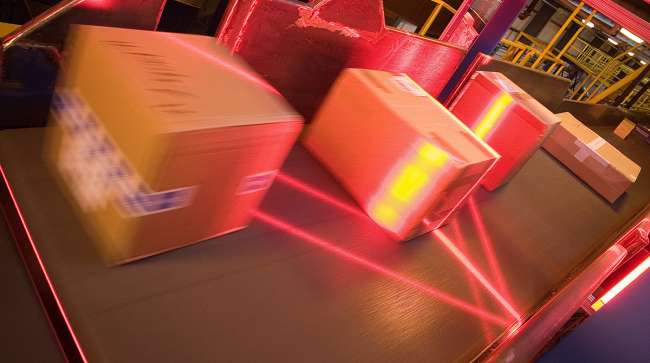Surveys Continue to Find Gaps in Logistics Technology and Service Capabilities

New studies show that while progress is being made by third-party logistics providers to meet shippers’ desire for increased visibility of shipments, greater automation and faster response to supply chain disruptions, major gaps still exist in how technology is used and the extent to which shippers and 3PLs collaborate with transportation service providers to extract benefits from data analysis.
Those are the main conclusions of two long-running academic studies of the logistics market that were presented at the Council of Supply Chain Management Professionals annual conference and exhibition in Atlanta on Sept. 25.
In one study, only 56% of shippers surveyed said they were satisfied with the IT capabilities of third-party logistics companies, a decline from 65% a year ago, according to John Langley, a clinical professor of supply chain management at Penn State University and principal author of the 22nd Annual Third-Party Logistics Study.
Although satisfaction levels are higher than they were when the first study was conducted in 2002 and only 27% of shippers said they were satisfied with IT capabilities of logistics providers, the new data suggests that shipper expectations are increasing or that the ability of 3PLs to keep up has lagged.
“Nevertheless,” Langley noted, “it has become very clear that there is significant demand among shippers in general to look to their 3PLs as a source of capable information technology.”
In particular, the desire for visibility within the supply chain is driving interest in blockchain technology, which breaks each movement down into a block and documents transactions every time a shipment changes hands. Such a system could enable retailers, for example, to more closely monitor inventory, which could lead to dynamic supply chains, the report stated.
Both 3PLs and shippers are in the beginning states of examining or implementing blockchain technology and it’s not yet clear how much value it will bring to each of the parties. “The blockchain ecosystem needs further development,” the report stated. “However, interest is increasing, particularly for logistics providers and its use could create a competitive advantage.”
More than 80% of logistics service providers surveyed and nearly 40% of shippers agree that collaborating with companies, even competitors, can achieve logistics cost and service improvements.
While collaboration appears to be a widely shared goal, a separate study by Mary Holcomb, an associate professor of logistics at the University of Tennessee and Karl Manrodt, director of the Master of Logistics and Supply Chain Management program at Georgia College, suggest that many companies are not set up to take advantage of new technology and respond to changing service requirements.
“Today’s marketplace rewards those who dare to challenge convention,” Holcomb and Mandrodt said in describing results of a survey of more than 400 logistics, transportation and supply chain professionals in the 26th Annual Study of Logistics and Transportation Trends. “Firms like Amazon are departing from traditional business practices, using true supply chain-management thinking to blur the boundary between today and tomorrow.”
In examining the relationship between a company’s strategy and its structure, Holcomb and Manrodt said their survey shows that, for a number of companies, “there is a statistically significant gap between their strategic focus and organizational structure.”
As an example, companies that claim to be focused on cost leadership and agree that transportation is important often do not spend a lot of time with transportation service providers to understand the business and to explore trade-offs between cost and service levels, Holcomb and Mandrodt said.
Both reports highlight the importance of automation and data analysis in helping companies to be competitive.
“There are a lot of decisions being made without a firm grasp and understanding of how they will affect transportation costs — both in the short term and long term,” said Tommy Barnes, president of Project44 Inc. and a sponsor of the 26th annual study of logistics and transportation trends by Holcomb and Mandrodt. “To compete in a digital economy, a company must have real-time visibility into the entire life cycle of their freight.”
Having good data can help make decisions that can improve asset utilization and reduce volatility in the supply chain, according to the report compiled by Langley.
Increased visibility and better data is creating opportunities to better prepare for uncertainties and to anticipate problems before they occur, the report finds.
“Both parties increasingly need to enhance their abilities to take action in real time, lessening or mitigating the consequences of supply chain disruptions,” the report stated.




